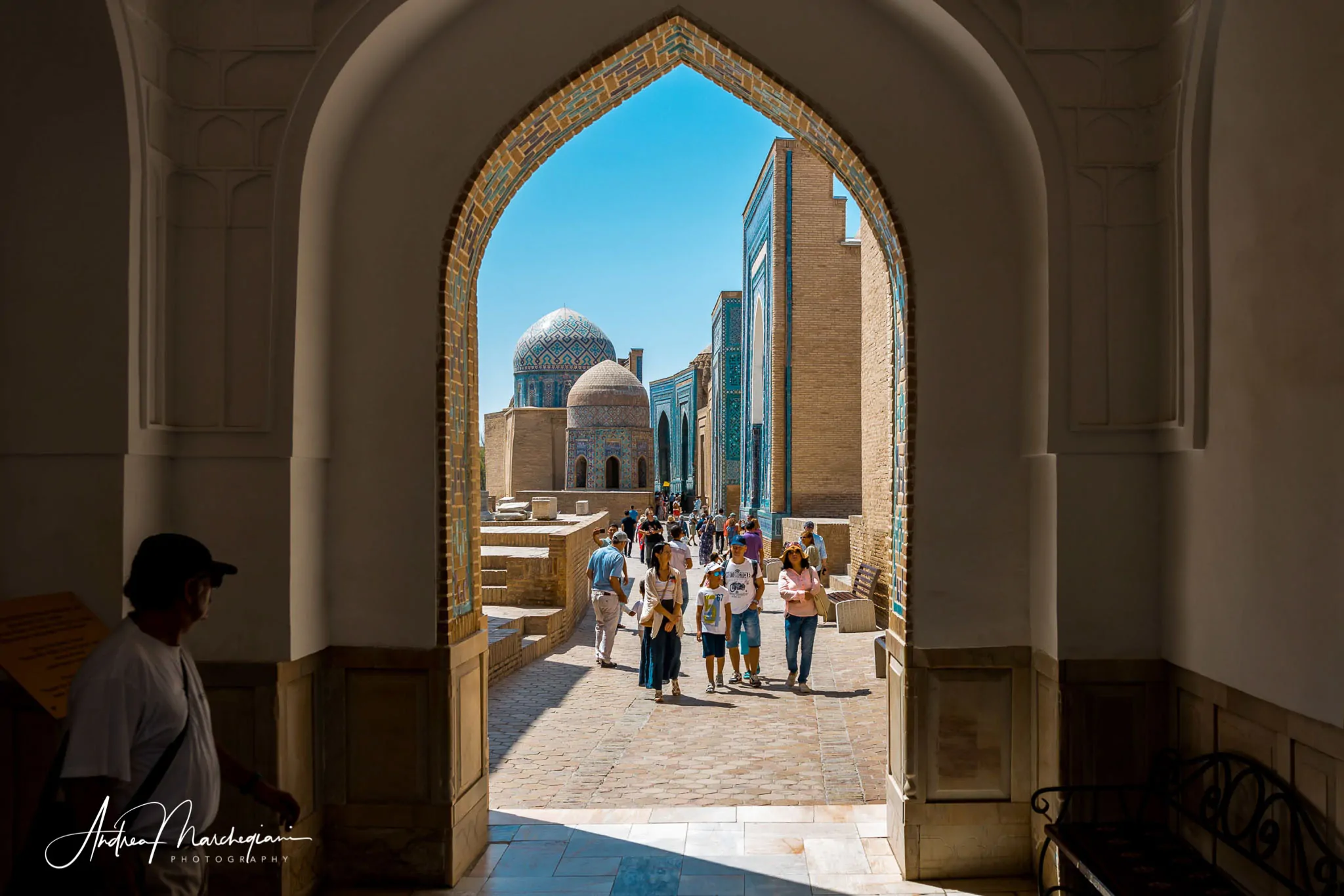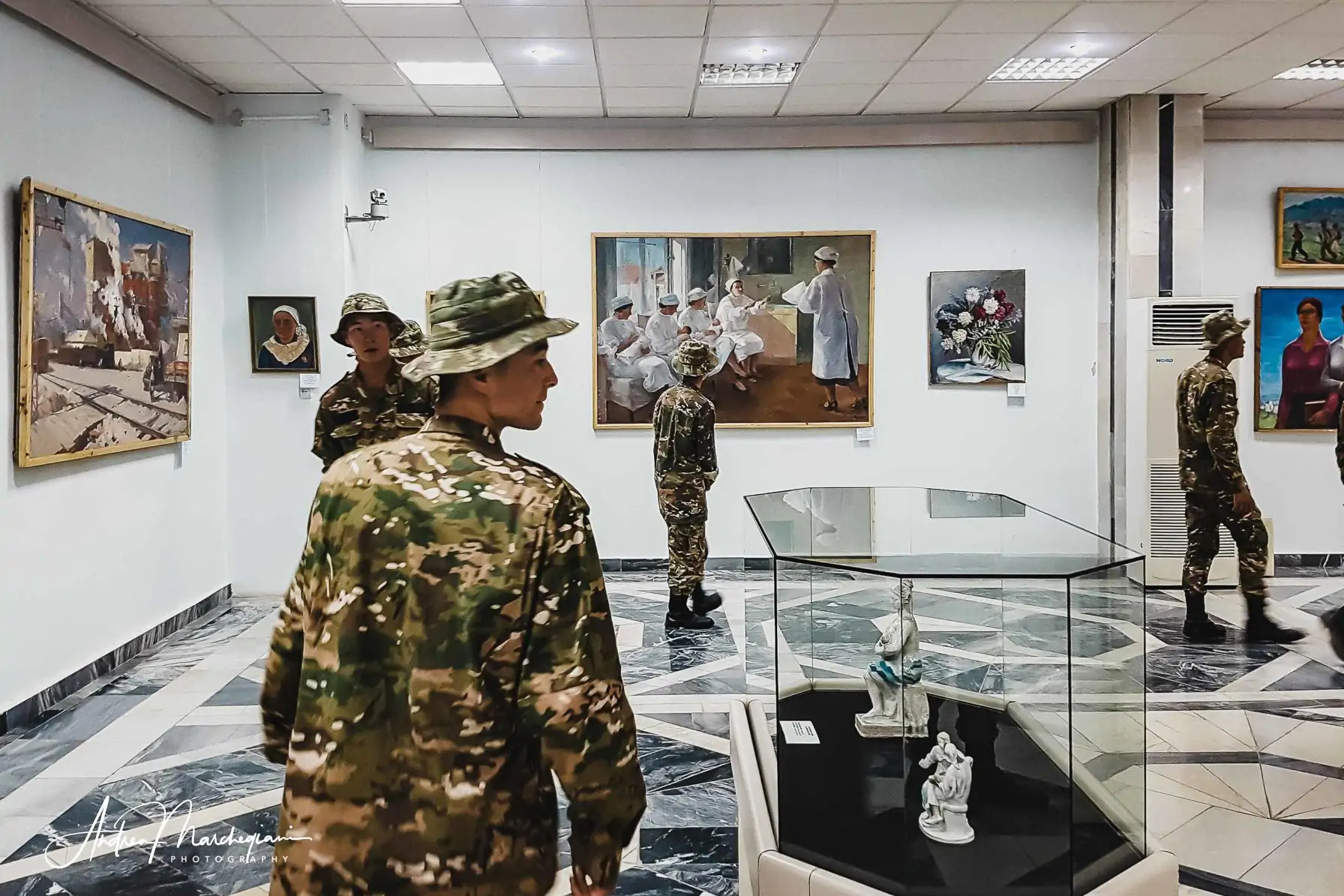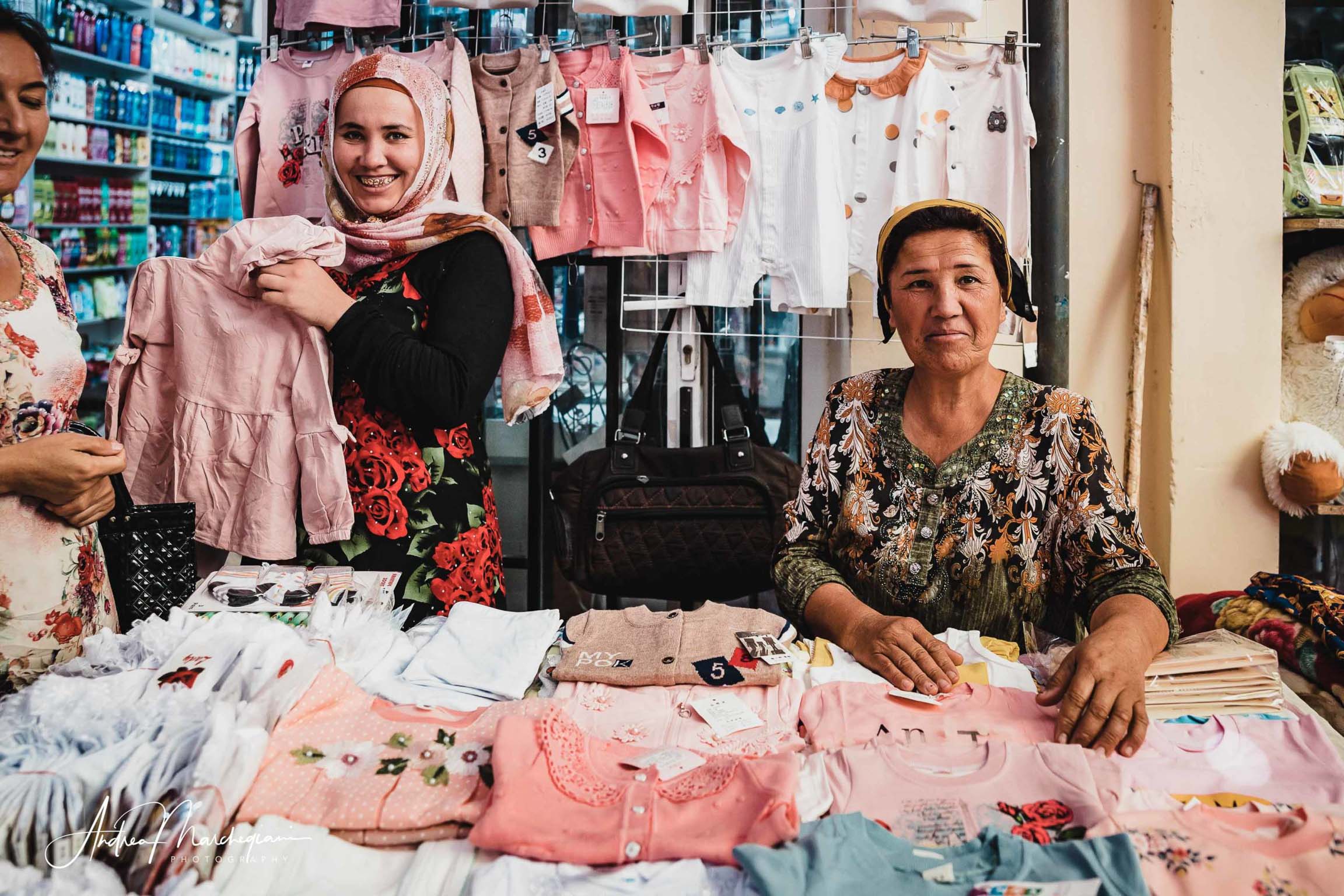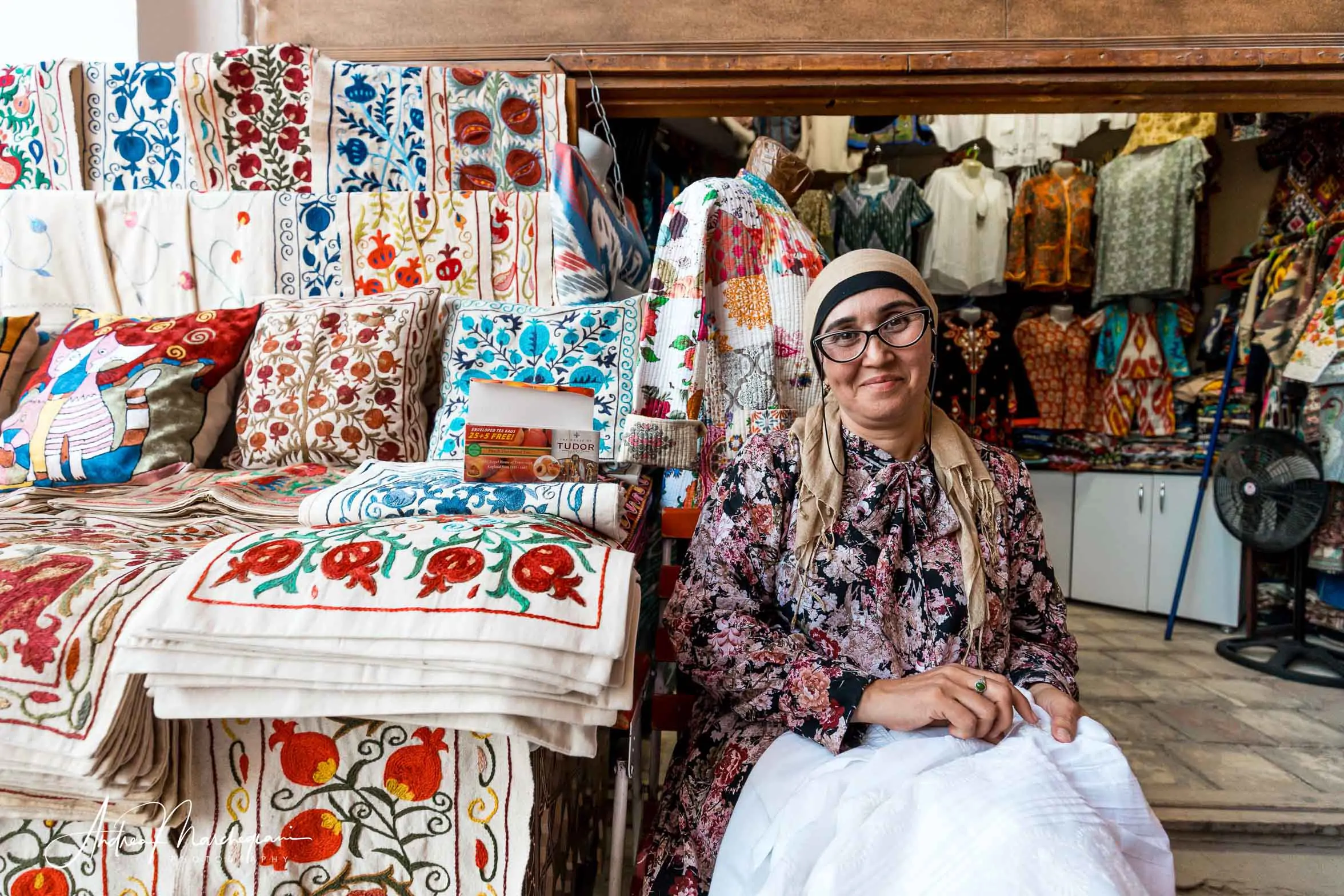
- Home
- Photo Galleries
- Portrait Photography
- Landscape Photography
- Street Photography
- China
- Ethiopia
- India
- Holy Ganges
- Varanasi
- Varanasi Ganga Aarti
- Varanasi, Manikarnika Ghat
- Varanasi Streets & Alleys
- Varanasi Demolition
- Varanasi Fruit Market
- Sarnath
- Brick Kilns
- Tamil Nadu, Chennai & Mamallapuram
- Tamil Nadu, Fort Tirumayam & Madurai
- Tamil Nadu, Tiruvannamalai & Thanjavur
- Kerala, Munnar
- Kerala, Peryiar
- Kerala, Backwaters
- Kerala, Kochi
- Kazakhstan
- Myanmar
- Senegal
- Uzbekistan
- Travel Blog
- China
- Ethiopia
- India
- Tamil Nadu & Kerala
- Varanasi
- Whato to do in Varanasi
- Varanasi Life along the Ghats
- Varanasi Death along the Ghats
- Varanasi Ganga Aarti Ceremony
- Varanasi demolished to honor Shiva
- Varanasi Fruit Market
- “Varanasi, A Journey into the Infinite”
- Sarnath
- All about River Ganges
- Holy Shit. All about Indian Cow Dung
- Clean India Project
- Brick factories
- Tilaka, pundra, bindi: what is the mark on Indian foreheads?
- Kazakhstan
- Mongolia
- Ulaanbaatar, the coldest capital in the world
- What to do in Ulaanbaatar
- Chinggis Khan Museum, 6 floors of Mongolian history
- Gorkhi-Terelj National Park and Bodgkhan Natural Reserve
- Altai Mountains, Things to do in Olgii and Sagsai
- Living with the Eagle Hunters
- Sagsai Eagle Festival
- Navrus Festival
- Xöömej, Mongolian throat singing
- Mongolian Food
- Myanmar
- Senegal
- Uzbekistan
- Latest Posts
- Photography Blog
- About
- Prints
What to see and when to go to Uzbekistan?
If you are thinking of taking a trip to Uzbekistan and retracing the ancient Silk Road like a new Marco Polo, here are some indications on how to move and plan your trip.
Share with your friends:

The ancient deeds of Alexander the Great, the atrocities, the raids and the bloodshed are still a vivid memory in the history and architecture of Uzbekistan, but don’t be discouraged from visiting this beautiful nation. Study the itinerary and set your goals in total serenity, it will be an unforgettable journey – Uzbekistan will seduce you thanks to its contrasts. Follow the routes of the thousand-year old Silk Road: you will cross impervious paths in the steppe and desert expanses and finally reach ancient towns as beautiful as mirages. Once born as caravanserais to accommodate travelers, in time they developed as relevant commercial and cultural centers. Khiva, Bukhara, Samarkand… Be captivated by the view of the beautiful minarets, with their turquoise majolica; visit the arcades of the madrassas, explore the flourishing bazaars, choose your favorite items and bargain with the local merchants. Finally, book a massage in a hammam, let yourself be pampered by the expert hands of the masseurs, and finish your days enjoying a tasty plate of plov, yogurt and lentil soup.
Uzbekistan will pamper you to the point of numbness!

What to see in Uzbekistan
Recommended itinerary for your trip
Usually, those leaving for Uzbekistan spend a week visiting the main caravan cities: Khiva, Bukhara, Samarkand, a trip out of town to Shakhrisabz and a quick stop to Tashkent, with its beautiful subway.
For a more complete experience, I recommend you stay a few more days (at least 11 days) and explore less known but equally suggestive sites such as Moynaq ( where you can admire the remains of Aral Sea and deepen your knowledge of its sad history), Nukus (do not miss the Savitsky museum, also known as the Uzbek Louvre), and Toprak Kala, the ancient capital of the Kusana Empire.
You can get around by renting a private bus or by high speed train. In this way, your trip to Uzbekistan will follow the Silk Road from west to east, as well as the Marco Polo route. You will first face the hardships of the Uzbek territory, the desert and the desolation of Nukus and Moynaq, with their heavy historical baggage; then, gradually, you will access the splendors of the caravan cities: you will first reach the small and precious Khiva, then the wonderful Bukhara (where I advise you to stay at least two days) and finally the magnificent Samarkand. Before flying home, don’t miss a visit to the spectacular Tashkent Metro, a masterpiece of Soviet architecture.
Day 1 – Moynaq, Aral Sea
Land at Nukus Airport and head to Moynaq. You can contact a private driver or book a seat on a tourist bus. In Moynaq you can choose to go on a tent excursion to Aral Lake and spend a night there, or just visit the memorial museum and return to Nukus in a day.

The Aral Sea was a salt lake of oceanic origin, formed 5.5 million years ago and located in an area ranging from Uzbekistan to Kazakhstan. Although it has not completely disappeared, today we talk about it in the past. In just 60 years, man has managed to destroy its delicate ecosystem, leaving in its place a desolate poisoned desert. Not surprisingly, Al Gore called it “the most serious environmental disaster of all time caused by man”.
Day 2 – Nukus Museum of Art
Go back to Nukus, calmly visit the Savitsky Museum (or Karakalpakstan Museum), then reach Khiva. You can access the historic center only by paying a daily ticket: if you arrive at sunset, maybe it is not worth paying it. Walk along the walls and admire the particular construction method.

In times of adversity, when all seems lost, there is always someone who does not give up and continues to fight, in spite of all evidence. People like that become an inspiration, and sometimes their efforts really make a difference. This what happened in Nukus: here is one of the largest Soviet art museums of the 900. The works escaped the censorship of the Stalin regime only thanks to the courage of a man, Igor Savitsky.
Day 3 – Khiva
Tour guides are very requested in the city so book one in advance, otherwise you might have to settle for one who speaks bad English.

In many respects, Central Asia is still uncharted territory. For centuries this area has remained inaccessible to Westerners: it is still surrounded by a halo of mystery, relegated to an unknown elsewhere. Khiva is one of the most fascinating cities of Uzbekistan: the legend says it was founded by Shem, the son of Noah, at the point where he found water by digging a well. Its old town, surrounded by a high wall of raw bricks, is so well preserved that it became a UNESCO World Heritage Site in 1990.
Day 4 – Toprak Kala
Transfer from Khiva to Bukhara, with intermediate stop at the ruins of Toprak kala. There is an entrance ticket but no guided tours. You can wander freely among the ruins. Please respect them.

The ruins of Topraq Kala and Ayaz Kala in Uzbekistan are impressive to say the least. The ancient capital of the Kushan kingdom and the chain of fortresses defending its borders are now exposed to the elements and are likely to disappear altogether. You can visit the whole site in about an hour, climb up the walls and enjoy the beautiful panorama. From different angles, the views of the ancient city are so dislocated and multi-level to remember the sketches of the impossible worlds of Escher. Nearby, the fortresses of Ayaz Kala are also worth a visit.
Day 5 & 6 – Bukhara
Bukhara is a splendid city, like few others in the world. Visit the main attractions, get lost in the bazaars and experience a unique hammam. The city can be explored on foot.

Bukhara has the most fascinating artistic heritage in Central Asia. The city suffered a less invasive restoration than Samarkand and today still looks like the way Turkestan looked before the Russians arrived. Every time I look up, I enjoy the sight of the facades of the madrassas and the profiles of the minarets, which never tire of being admired.
It’s love at first sight.
Day 7 – Shakhrisabz
Visit Shakhrisabz and transfer to Samarkand in the evening. The spaces inside the Ak Saray palace are vast. Book a guide and ask them to use the internal buses to move from one monument to another.

On the way from Bukhara to Samarkand, make a quick stop at Shakhrisabz, a small town surrounded by greenery, a few miles south of Samarkand.
The town was formerly known as Kesh, until Timur renamed it to its present name. He built majestic buildings and monuments, including his summer residence, which gave prestige and fame to the city until the sixteenth century, when it was destroyed to avenge the death of a horse.
Day 8 & 9 – Samarkand
Sightseeing in Samarkand. The city is much larger than Khiva and Bukhara. You cannot walk around it. Use taxis, which are easy to contact and very cheap.

No other place in the world recalls the Silk Road as Samarkand. Its streets are full of myths and legends and the monuments built by Tamerlane make its atmosphere magical. Despite the recent restoration works have partially transformed its face, bringing it closer to the typical Russian town with its avenues and parks, Samarkand remains a breathtaking beauty. Registan, Gur-e-Amir, Bi-Khanym Mosque and Shah-i-Zinda are among the most spectacular monuments in Central Asia. And, if we retrace the thread of its history, we must admire its tenacity as Samarkand has been reborn several times from its ashes.
Day 10 – Urgut Market
Visit Urgut Market and arrive in Tashkent. Urgut Market is a must. It is not touristy, so don’t expect too much folklore. However, it is a unique opportunity to see the contemporary lifestyle.

“A man never gets tired of looking at three things: water, fire and a bazaar”. The Urgut Bazaar is a famous local market that boasts a great offer of fabrics and jewelry. Walk through the alleys of a Uzbek suq and feel free to learn the art of bargaining…
Day 11 – Tashkent
Visit Tashkent and fly back home. Do not miss the beautiful Soviet Metro and the charming Bazar Chorsu!

Tashkent Metro is one of the most beautiful in the world but nobody noticed since it was forbidden to take photographs of it! Many people traveling to Uzbekistan stay in Tashkent just a few hours before flying back. Here’s how to make the most out of it.
Useful information for your trip to Uzbekistan
Where is Uzbekistan located?
If you are taking a trip to Uzbekistan, it is good to know where it is!
Uzbekistan is a landlocked Central Asian nation bordering Kazakhstan, Turkmenistan, Kyrgyzstan, Tajikistan and Afghanistan. Until 1991 it was part of the former USSR but today it is an independent republic. Tashkent, the capital of the country, has about 30,000,000 inhabitants. Founded on an oasis by the Arabs in 750, the city then passed under Chinese rule. The Han dynasty renamed it Beitan: it was subsequently destroyed by Genghis Khan, rebuilt and annexed to the Soviet Union. During the course of history, its name changed to Chachkand, which later became Taskand and then Tashkent.
Timezone
Uzbekistan is 4 hours ahead of Italy (3 hours with daylight saving time). The time difference is not such as to cause the typical jet lag disorder, so don’t worry about how you might feel once you get there. In addition, you will have no problem staying in touch with your family and you will not have to call in the middle of the night to find them awake.
Passaport and Tourist Visa
Make sure you have a passport valid at least 6 months from the time you enter the country. From 2019 it is no longer necessary to apply for a tourist visa for stays of less than 30 days. I advise you to contact the Uzbek Embassy of your country for any doubt and clarification.

Local currency, Cash and ATM
The official currency of Uzbekistan is the sum. The change from euro to sum can be made in all banks and sometimes in hotels, too. In Uzbekistan it is easy to have problems with foreign credit cards. In larger cities, you can still withdraw from ATMs but in smaller towns, you risk wandering around in search of a working counter. Because of this, I recommend you bring enough cash with you. This could be very helpful as you can easily change cash into local currency in banks, hotels and some of the local merchants. American dollars are welcome everywhere, so don’t worry about it.
Currency black market is widespread: you will be surprised by how many times you will be approached by people with large wads of money in their hands offering to exchange money with advantageous rates. Although it looks like a great deal, this practice is not recommended!
Currently, you can change €1 into over 12,000 SUM. You’d probably get a better exchange at the black market, but consider how difficult it is changing €100/150 at the corner of any street, between passers-by watching you, and filling your backpack with stacks of banknotes you’re not familiar with. Would you be able to check if you’ve been applied the correct change? And, above all, would you feel safe?
Personally, I recommend you take advantage of the dedicated bazaars in the big cities you will encounter.
I had a good experience in these three places: Small Farmers Market in Bukhara, Siyob Bazaar in Samarkand, Chorsu Bazaar in Tashkent.

Best time to visit Uzbekistan
Uzbekistan is a landlocked country and therefore has a continental climate characterized by harsh winters and hot summers. The best seasons to visit the country are therefore spring and autumn. It is not recommended to go in the middle of winter, when the snow makes some roads impassable, and in mid-summer, when temperatures can be unbearable. Usually I am not discouraged by the climate, so I decided to visit Uzbekistan in August: I found warm and dry days and cool and airy evenings. I was fine! The most important thing is to bring with you sunscreen, hats with large visors and, for the most sensitive to the sun, wide long-sleeved shirts.
What to wear in Uzbekistan
Uzbekistan is a Muslim majority country. It is thus advisable to avoid clothes too low or, in any case, to cover yourself before visiting mosques. Spring-summer temperatures vary throughout the day, so it’s good to dress in layers. If you’re using a private bus, use a scarf to cover your neck when air conditioning is in action.
Dressing in layers is a useful tip even if you’re traveling in autumn-winter, keeping in mind that night temperatures can get very cold.
How to get around Uzbekistan?
I advise you to land at Nukus airport and depart from Tashkent airport. You can travel by high-speed train or by renting a pickup truck with a private driver. In bigger cities you can travel by taxi at reasonable prices.
Tourist Facilities
Since 2016, with the election of Mirziyoyev as president of the republic, Uzbekistan has begun a rapid process of opening up to the market economy and international tourism. The feedback is very positive: the Lonely Planet has included the country in the list of destinations to visit as soon as possible and the extraordinary hospitality of the Uzbeks is triggering a viral word of mouth among travelers. The tourism sector is rapidly expanding, so do not rely on the stories of those who have visited the country in years past to have a reliable image of what awaits you. I toured Uzbekistan in 2019 and I can guarantee you that you will be able to rely on good accommodation facilities, equipped with clean rooms and exclusive private services.
Wifi and Telephone
Wifi connection is always avalaible and free in hotels, but its speed is often not the best. You may have problems connecting if there are too many users online. I advise you to buy an Uzbek SIM card upon arrival in the country: it will guarantee you a faster internet connection and you can use it to contact restaurants, hotels and guides without spending a fortune. No special bureaucratic procedures are required to activate it and it is objectively very convenient. At the end of the trip make sure not to give it to third parties. Bring it home in memory of the trip or break it and thow it away. It is not necessary to make cancellation communications to the telephone company.

Uzbek Food
Uzbek cuisine is very rich and varied thanks to its history, as it has been influenced by all the culinary traditions of Central Asia. Meals begin with an appetizer to share among diners, which includes various types of fresh salad and stewed vegetables, lentil soups and dense yogurt creams. Each city has its own speciality, but they all serve plov, the national dish. This is a generous serving of white rice seasoned with various vegetables, hard-boiled eggs and meat cooked over low heat. Obi-Non buns, Uzbek typical bread, is also excellent. Many food markets have an oven where you can see buns being baked on the walls of traditional wood-burning ovens: buy one, you will not regret it. The street food is not very varied, but it is certainly tasty: try the fried bread wraps stuffed with cheese and vegetables. As for drinks, I found the local beer excellent, while I had bad experiences with coffee, even when they call it espresso – it is almost always filtered coffee, similar to a long American coffee. Not my taste! Instead, it is better to rely on the local tradition and drink chai, tea, combining it with the sweet biscuits. If you feel adventurous enough, try a glass of kefir, a fermented sour milk drink which is considered a kind of elixir of long life thanks to the presence of multiple strains of active lactic ferments. Its antioxidants strengthen the immune system and kefir is now renowned worldwide.
How to order at the Restaurant
Most of the places where I ate had great difficulty in managing the orders of individual members of the group. This is partly due to language barriers, but above all it is a cultural factor. In Uzbekistan, dishes are served in the centre of the table and individual members of the group or family share them.
If you are traveling with a tour operator, they have likely already booked all the restaurants and have agreed on a fixed menu at an affordable price. In this case, avoid driving the waiter crazy with an ad personam orders: let them serve their appetizer and limit yourself to customize the main course, even if most of the time they will ask you to divide it at least among 3 people.
During my trip, after several misunderstandings and unnecessary waste of time, I decided to relax and leave it to the waiter on duty. I advise you to do the same: taste the dishes of the day. Some will be to your liking, some may not be. On the other hand, experiencing new things is part of the journey, isn’t it?
Likewise, if you’re traveling in a group, don’t push yourself to split the bill according to the amounts each person actually consumes. Go Dutch: reading the written account in Cyrillic and understanding the cost of each course would prove to be an unnerving experience and you would be defeated in any case.

Shopping in Uzbekistan
Uzbek bazaars are famous all over the world. The traders are friendly and welcoming, but also a little cunning. If you like an item, ask for its price and be ready to bargain. An Uzbek actually says “If you don’t negotiate, you offend the shopkeeper”. As a rule you can get a substantial discount, almost up to half the initial price. Be patient and don’t buy anything if you’re in a hurry! Above all, don’t assume that you can find the same item in another market or city. You may be left empty-handed.
Uzbekistan is renowned for the production of handmade ceramics, embroidery, carpets and silk fabrics. Each region has its own particular tradition: Bukhara, for example, is famous for making woven fabrics with gold threads. If you want to bring home a souvenir or a gift without spending excessively, I suggest you search for beautiful camel wool scarves. But be careful: do not wash them for any reason in the washing machine! Tubeteika, a very warm and comfortable Karacul fur hat, is also a great gift to buy.
Even carved wooden objects are very interesting and you will certainly see young carpenters at work in their workshops. In addition to countless types of figurines and frames, you will surely come across beautiful painted chessboards which are really hard to resist.

How not to get sick in Uzbekistan – Precautions and common sense
Bring with you a first aid bag containing gauze and hydrogen peroxide, antipyretics, antihistamines and broad-spectrum antibiotics, antidiarrheal and intestinal transit regulators. Rely on your GP to choose what to put in your bag. Don’t forget sunscreen, especially if you’re leaving in the summer. Be sure to taste every cooked dish, but watch out for fresh vegetables. Anything that is washed with tap water and not thoroughly dried is a potential danger for the European traveller. Be careful to use dry dishes, glasses and cutlery. If in doubt, take a towel and finish drying them yourself. If you have a mild stomach, brush your teeth with bottled water and keep your mouth shut while showering!
How to behave when taking pictures of places and people in Uzbekistan?
No permission is required to photograph mosques and madrasahs. In museums, you will be asked to pay a supplement if you intend to take photographs with a reflex camera. Taking photos with your smartphone is included in the ticket price.
Despite being a Muslim country, the years under Soviet influence have made Uzbekistan a secular and tolerant country. People are incredibly kind. Everyone is happy to be photographed, including women and children, but always ask permission first. In front of the camera, people become serious to show you their most intense expression. They rarely smile. This is a cultural fact, it does not mean they are being annoyed by the camera. On the contrary, they are mostly kind and willing to please you, so avoid being intrusive and do not take advantage of Uzbekistan’s patience.
Religion in Uzbekistan
Uzbekistan is the cradle of Zoroastrianism, which spread in the 6th century BC and prospered until the 8th century AD, when the Arabs forced the country to convert to Islam. In the 20th century, the Soviets banned religious worship by edict and the country became completely secular.
Today, after the collapse of the Soviet Empire, 90% of the population professes to be Muslim, the remaining 10% is divided into Catholics, Orthodox and Buddhists.

Uzbekistan Historical Background
If you want to learn more about the historical-cultural context of Uzbekistan without spending weeks on history and political economy manuals, here are the essential coordinates to understand the roots of the country you are about to visit.
For a more complete insight, I suggest you read
“USEFUL HISTORY BACKGROUND FOR A TRIP TO UZBEKISTAN”
Uzbekistan is one of the oldest human-inhabited territories, and here was born Zoroastrianism, the oldest monotheistic religion in the world. Based on the teachings of the prophet Zarathustra and dating back to the 6th century B.C., this creed will dominate unchallenged throughout Central Asia until the 7th century A.D., when it will be supplanted by Islam.
In the 4th century B.C. the area was disrupted by the passage of Alexander the Great, who easily conquered Sogdiana and Bactria, captured Samarkand and Tashkent, and then continued his conquest campaign towards India.
Upon his death, the area finds a moment of stability under the Kushan empire, founded by the Yuezhi tribe. Thanks to them, between the first and the third century AD, Asia Minor became a crossroads of intense trade and cultural exchanges between East and West, with a dense network of land and sea routes. The heart of this trade was the cosmopolitan cities of Bukhara and Samarkand. They reached a resounding wealth. Merchants, pilgrims and diplomats arrived here, exchanging goods, ideas and technologies. Between 1200 and 1300, Marco Polo wrote Il Milione, a true encyclopedia of all the geographical knowledge available at the time.
In 1220, led by Genghis Khan, the Mongols invaded present-day Uzbekistan, razing Samarkand, Tashkent, and Bukhara to the ground. His soldiers were left free to rape and plunder, his horses trampled the holy books of Islam, and Genghis Khan climbed the pulpit of the main mosque and shouted, to a terrified crowd: ‘I am God’s punishment for your sins’. In just 15 years of war he managed to occupy all of China, Russia and all of Central Asia. Upon his death, his empire was divided between his heirs and the area remained fragmented until the arrival of Timur, who claimed to be Genghis Khan’s descendant. Through a series of rapid war campaigns, Tamerlane managed to conquer Iran, Mesopotamia, India, parts of Russia and China; he reunified the states of Central Asia (Kazakhstan, Uzbekistan, Turkmenistan, and Kyrgyzstan).
Even today, the name of Timur is praised by the Turko-Mongols and is recognized a similar importance to that which we Westerners give to Alexander the Great.
His remains are kept in the mausoleum of Gur-e Amir, in Samarkand.
In the second half of the 1800s, the Russians became interested in the territories of present-day Uzbekistan and reunited them under the flag of Turkestan. They urged the introduction of the Russian language and the intensive cultivation of cotton. Infrastructure and railroads were built to facilitate trade, industries developed, and schools were built, greatly improving the socio-economic conditions of the area.
In 1924, the Soviet Socialist Republic of Uzbekistan was founded. Between 1932 and 1938, Stalin promoted a fierce anti-religious campaign, called the “Atheist Movement”. Places of worship were seized and turned into museums, ballrooms, warehouses and factories. As a result of this forced secularization, in 1960 almost no Uzbek woman wore the chador and all girls achieved the same level of education as boys.
In 1991, with the dissolution of the Soviet Union, Uzbekistan became a fully independent state. Ruled until 2016 by authoritarian President Karimov, it struggled to find its own democratic identity. Karimov has destroyed any possibility of political opposition and exercised total control over the media.
Upon Karimov’s death in 2016, president Mirziyoyev was elected. He loosened his predecessor’s authoritarian methods, opening up the market economy and giving more space to Islamic parties.

Architectural heritage of Uzbekistan
Uzbekistan has the most fascinating architectural heritage of Central Asia. At the borders of great empires, artistic influences from Iran, Greece and India have all converged here. Unfortunately, due to the destructive fury of Genghis Khan and other invaders, little remains to the present day of the pre-Islamic era. Most of the Central Asian architectural heritage that we can admire today dates back to the Timurid era. Unlike Genghis Khan, Tamerlane had a superior artistic sense. During his bloody military expeditions, he captured artists and artisans, deported them to Central Asia and used them to rebuild the cities formerly destroyed by his Mongol ancestor. Thanks to their hard work, today we can appreciate the unique style of cities such as Bukhara, Khiva and Samarkand, with their turquoise domes, monumental arched entrance gates, tapered minarets and the decorative exuberance of colorful tiles.















